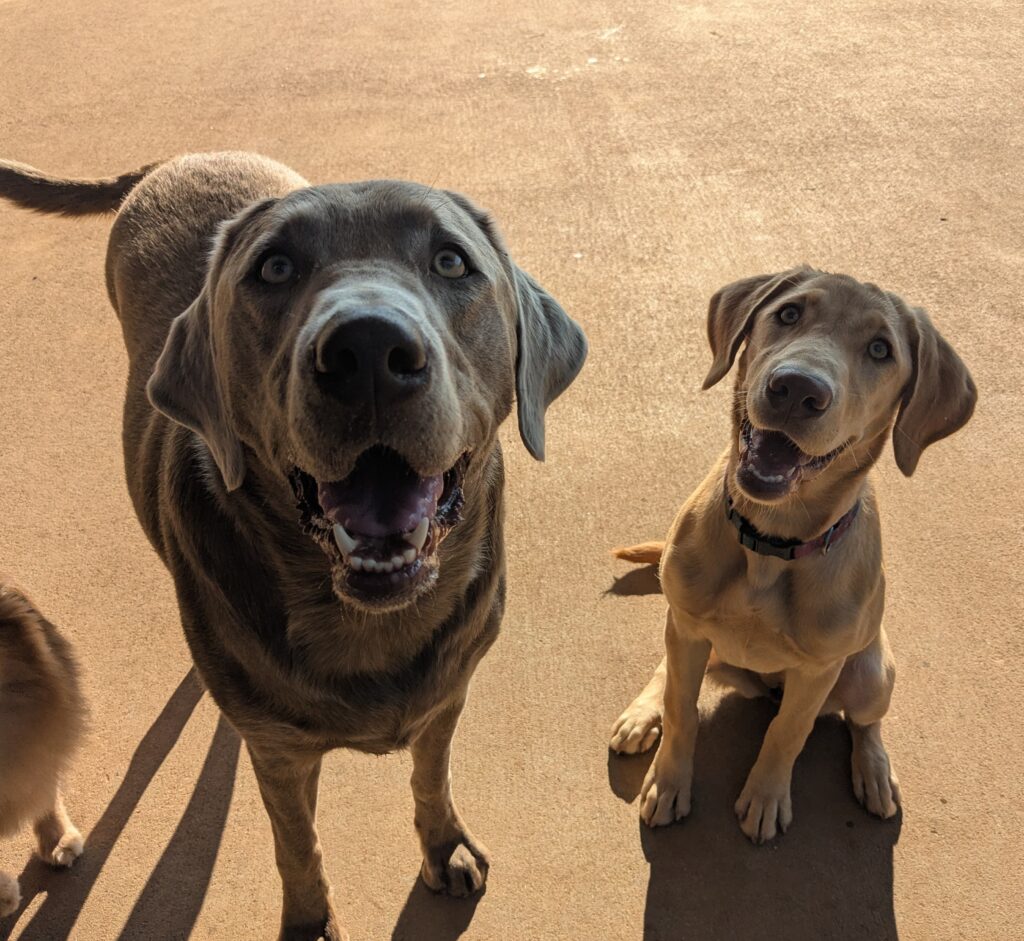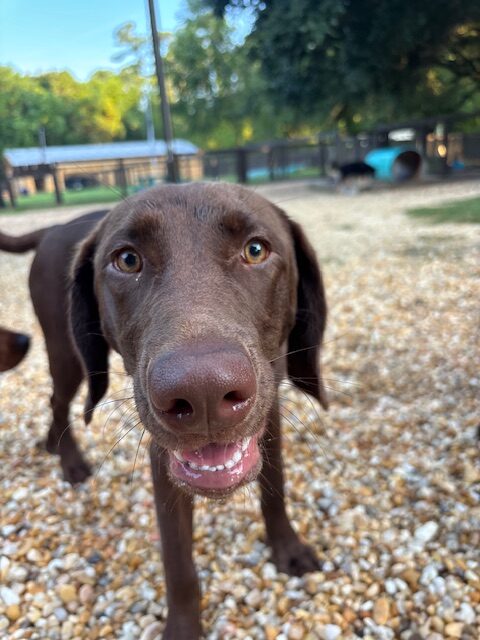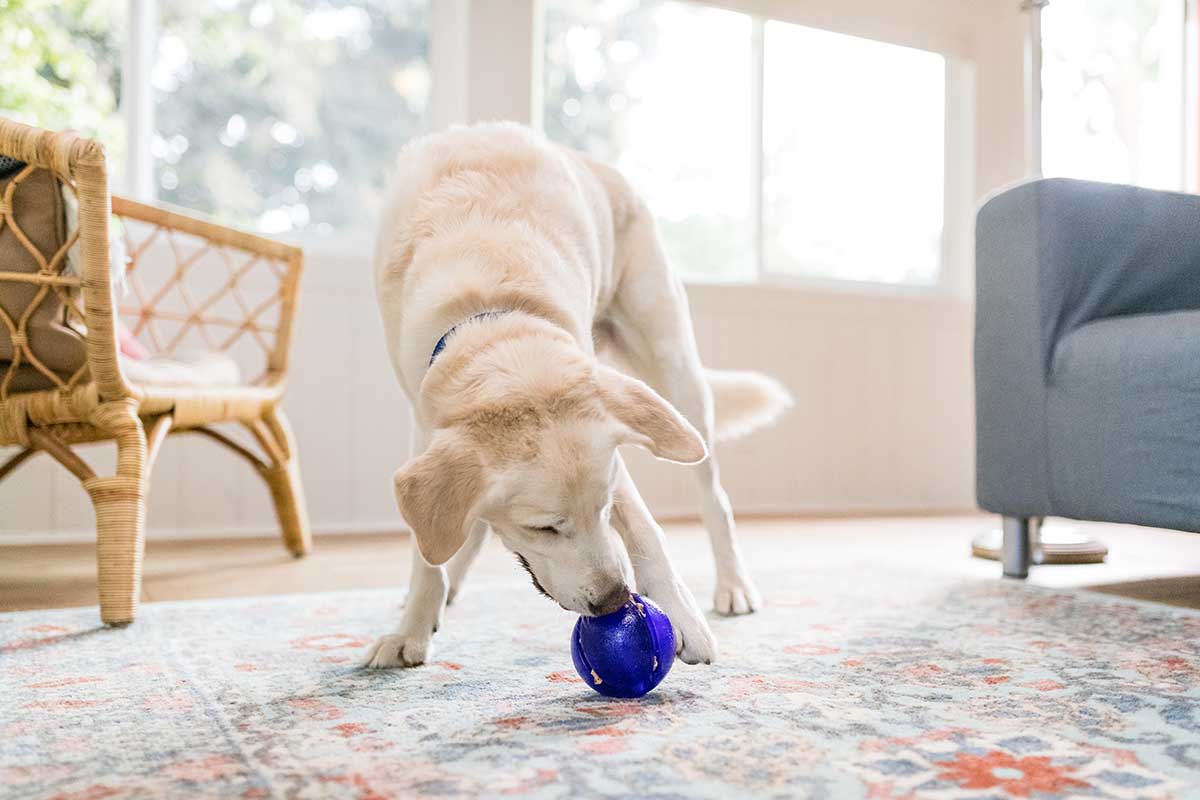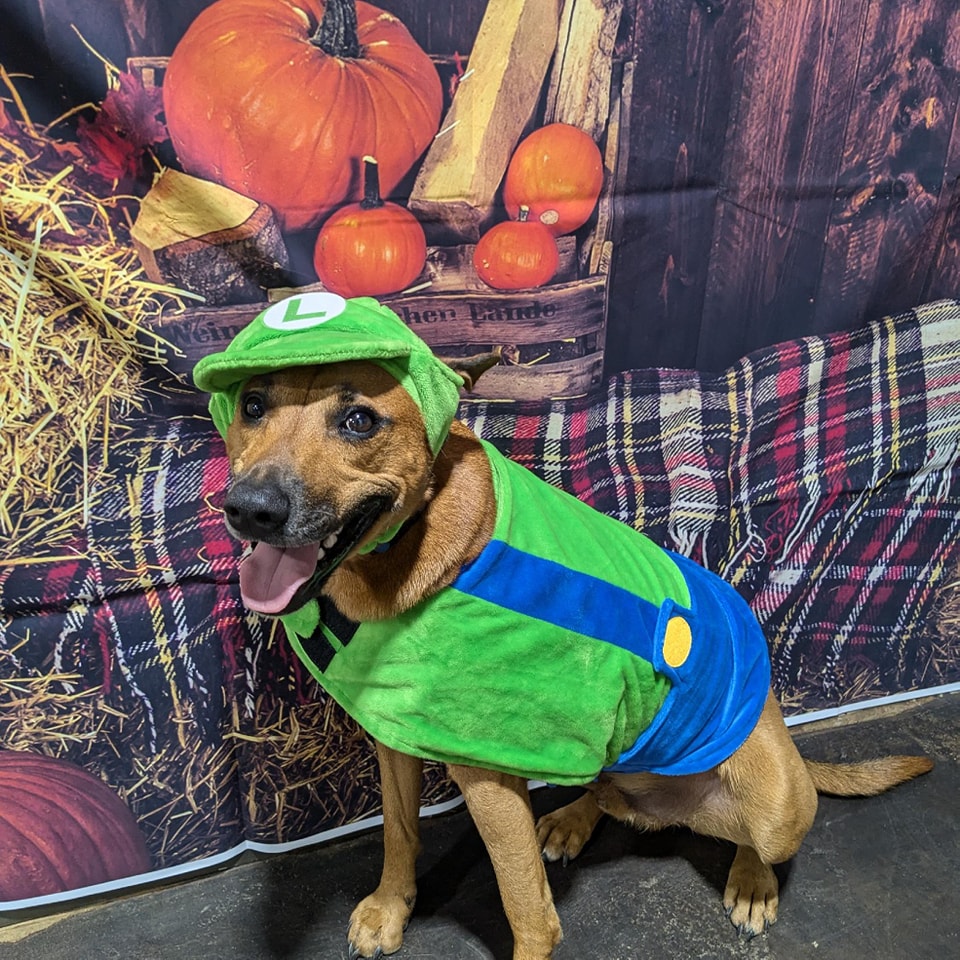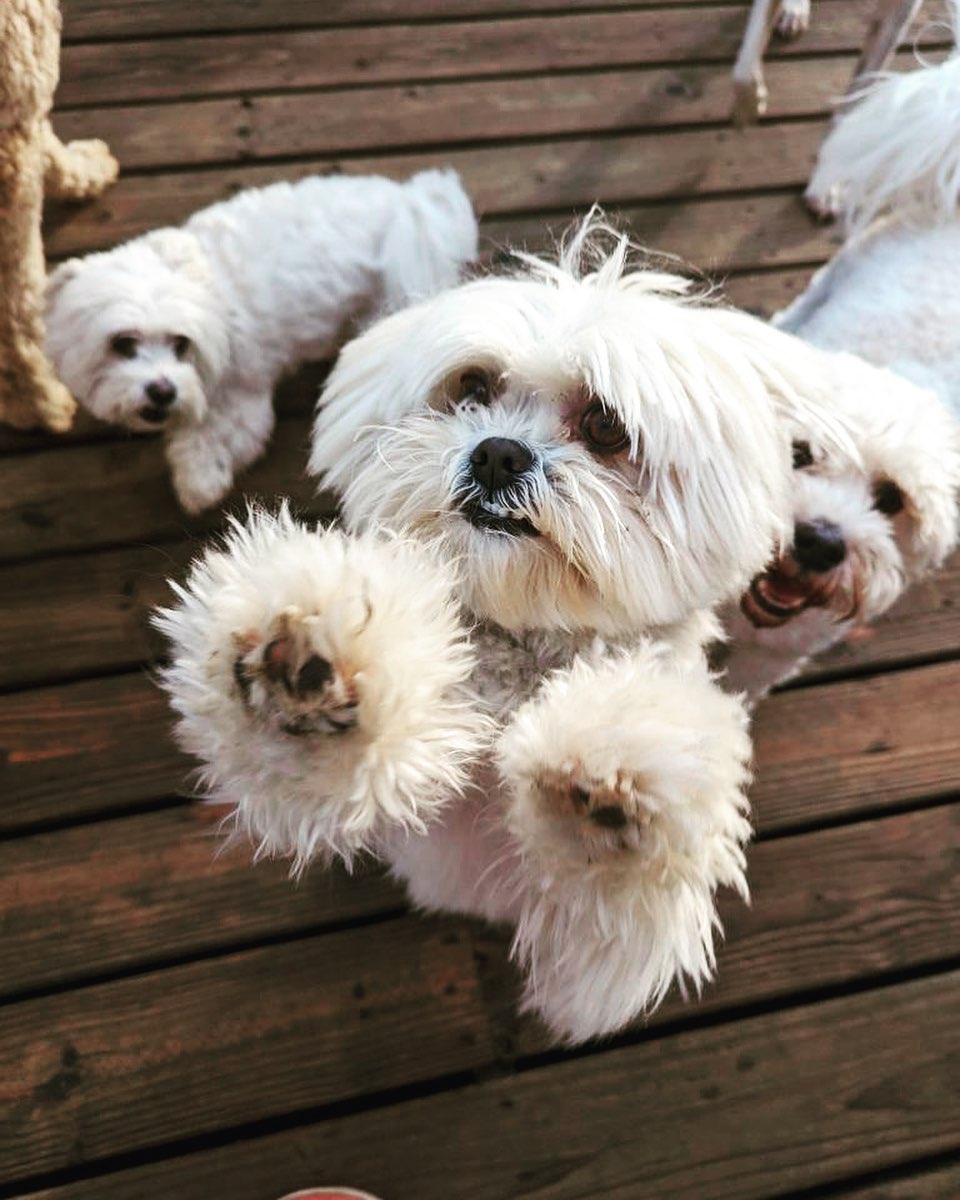Training is a crucial part of raising a happy, well-adjusted dog. Whether you’re welcoming a playful puppy into your home or adopting an adult dog, consistent training helps establish boundaries, improves communication, and strengthens the bond between you and your furry friend. Dogs thrive on structure and routine, and training provides them with the guidance they need to feel confident, secure, and loved.
Start Early with Puppies
For puppies, early training sets the foundation for good behavior throughout their lives. Puppies are highly impressionable and can learn commands, social skills, and house rules at a young age. Begin with basic obedience commands like “sit,” “stay,” “come,” and “leave it.” Using positive reinforcement—such as treats, praise, and playtime—helps puppies associate good behavior with rewards, making them more likely to repeat it.
Socialization is another key aspect of puppy training. Exposing puppies to different people, environments, and other animals in a safe and controlled manner helps prevent fearfulness and aggression later in life. Puppy classes, supervised playgroups, and gentle introductions to new experiences are excellent ways to build confidence and adaptability.
Training Adult Dogs
Training adult dogs is equally important, though it may require more patience, especially if the dog has developed certain habits. Adult dogs can learn new behaviors and commands at any age, but consistency and repetition are essential. Start by identifying areas that need improvement, such as leash manners, recall, or reducing barking, and create a training plan that addresses these specific goals.
Positive reinforcement remains a highly effective strategy for adult dogs. Food rewards, toys, and verbal praise encourage desired behaviors while maintaining trust and respect. Avoid harsh corrections or punishment, which can damage the bond with your dog and lead to fear-based behaviors. Patience, consistency, and clear communication are the keys to success when training adult dogs.
House Training and Routine
Whether training a puppy or an adult dog, establishing a routine is critical. For puppies, frequent trips outside after meals, naps, and playtime reinforce proper elimination habits. Praise and reward them immediately after going to the bathroom in the correct spot to reinforce learning.
Adult dogs may require a refresher on house training, especially if they’ve experienced changes in their environment. Consistent schedules for walks, meals, and bathroom breaks, along with positive reinforcement, help adults maintain good habits and reduce accidents in the home.
Leash Training and Exercise
Leash training is essential for both puppies and adult dogs to ensure safe and enjoyable walks. Start in a low-distraction environment, using treats and praise to encourage walking by your side without pulling. Gradually introduce busier areas as your dog becomes more comfortable on the leash.
Regular exercise complements training by providing mental stimulation and helping release excess energy. Dogs who receive adequate exercise are generally more focused during training sessions and less likely to develop behavioral issues at home. Activities like fetch, puzzle toys, and interactive play help reinforce commands and strengthen the bond between you and your dog.
Consistency and Patience Are Key
Regardless of age, consistency is one of the most important aspects of dog training. Use the same commands, reward system, and routines daily. Inconsistency can confuse your dog and slow progress. Training sessions should be short but frequent, keeping your dog engaged without becoming overwhelmed.
Patience is equally important. Learning takes time, and dogs, like humans, progress at different rates. Celebrate small victories and remain calm during setbacks. A positive attitude encourages your dog to continue learning and builds trust between you both.
When to Seek Professional Help
Sometimes, professional guidance can make all the difference, especially for dogs with behavioral issues or for owners seeking advanced training techniques. Certified trainers, behaviorists, or reputable daycare facilities like Seapaws offer expertise, structured programs, and socialization opportunities that complement home training. Professional support can help address challenges such as aggression, anxiety, or persistent disobedience, ensuring both dog and owner enjoy a safe and happy environment.
Conclusion
Training is more than just teaching commands—it’s about communication, trust, and creating a well-balanced life for your dog. Whether you have a rambunctious puppy or a seasoned adult dog, the principles of consistency, positive reinforcement, patience, and routine remain the same. By investing time and effort in training, you provide your dog with the guidance, structure, and confidence they need to thrive, while strengthening the bond that makes your relationship truly special.

